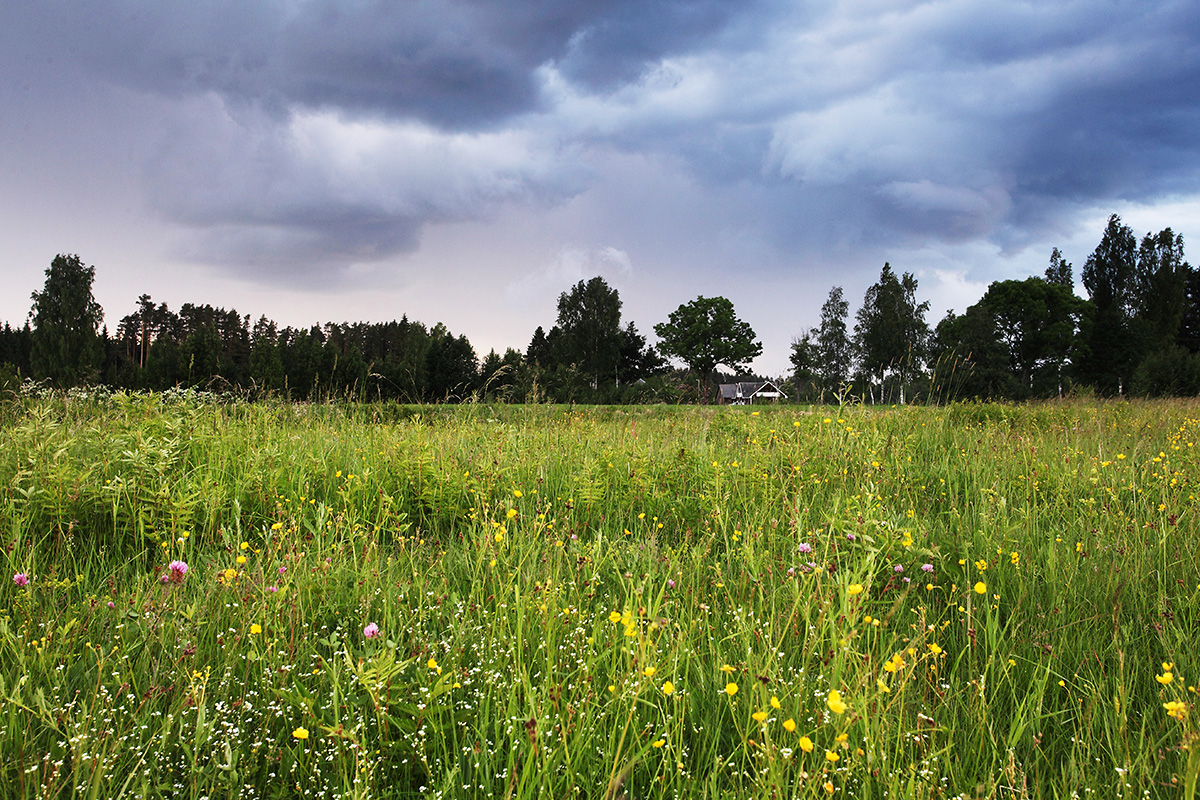Natural genetic diversity is protected either in situ (in nature, in the species’ natural habitat) or ex situ (outside its natural habitat, under farm conditions)
Genetic diversity is protected both as natural diversity and as agricultural genetic diversity or other genetic diversity necessary for humans (crops, pets, medicinal plants, etc.).
Natural genetic diversity is protected either in situ (in nature, in the species’ natural habitat) or ex situ (outside its natural habitat, under farm conditions, such as in zoos and botanical gardens, arboretums, collections, including seed collections). In Norway, for example, the Svalbard archipelago hosts a seed vault containing the world’s crop seed stock, which aims to preserve natural genetic diversity and preserve the seed stock of as many plant species as possible to ensure their survival in the event of natural disasters, wars, or plant diseases [1]. They also have a collection of Estonian plants with seeds of 26 plant species. These are seeds of plant varieties of Estonian origin and material collected from nature [2].

The protection of the genetic diversity of agricultural crops includes the species, varieties, and forms of crops and horticultural plants. Plant varieties and animal breeds have been bred as a result of long-term work and must be preserved not only for the sake of biodiversity but also as a cultural asset of humankind [3].
In addition to the restoration of endangered habitats, the spread of specimens, pollen, and seeds between habitats must be encouraged in the interest of preserving biodiversity, and no preference should be given to the genotypes that are best suited for today’s conditions but leave the species less adaptable in the event of environmental change [4]. That is how we help preserve genetic diversity. For example, it is better for biodiversity to have an abundance of varieties with different characteristics than to favour and breed only one very productive and commercially beautiful variety.
The protection of genetic diversity is governed by a number of laws and international agreements. The Nagoya Protocol to the Convention on Biological Diversity addresses access to genetic resources and the fair and equitable sharing of benefits arising from their utilization. The protocol aims to ensure that genetic resources are used in a transparent manner and under agreed conditions. Agreements are concluded between the user of the genetic resources and the state which provides the resources.
In the field of agriculture, the protection of genetic diversity is governed by the International Treaty on Plant Genetic Resources for Food and Agriculture (ITPGRFA), which provides an international framework for the conservation and sustainable use of crops. In addition, the key elements of the agreement are a multilateral system of access to genetic resources and sharing the benefits from their use [5].
In Estonia, several development plans and programmes deal with animal and variety breeding and the related preservation of genetic diversity. The national objectives and the most important actions for the field are set out in the document ‘Põllumajanduskultuuride geneetilise ressursi kogumine, säilitamine ja kasutamine 2021–2027’ (Programme for the collection, preservation, and use of the genetic resource of crops for 2021–2027), which is the basis for the promotion of the national ‘Sordiaretusprogramm aastatel 2020–2030’ (Programme for breeding plant varieties for 2020–2030). In addition, the programme is related to several sectoral development plans, such as ‘Sustainable Estonia 21’, ‘Põllumajanduse ja kalanduse arengukava aastani 2030’ (Agriculture and Fisheries Development Plan until 2030), and ‘Estonian Environmental Strategy 2030’. Internationally, the programme for the collection and preservation of genetic resources is linked to both the Convention on Biological Diversity and the International Treaty on Plant Genetic Resources for Food and Agriculture (ITPGRFA) [5].
Livestock keepers are paid support for keeping endangered breeds on the basis of the Estonian Rural Development Plan for 2014–2020 and the EU Common Agricultural Policy Strategic Plan for 2021–2027. The agriculture and fisheries development plan until 2030 provides for the breeding of the animal breeds suitable for Estonian conditions and issues related to genetic diversity. Measures for the conservation of animal breeds are also set out in the forthcoming action plan on animal genetic resources.
Last modified: 30.11.2021
__________________________________________________________________________________
[1] Teravmägede seemnepank (Wikipedia)
[2] R.Martinson. 2018. Eestile olulised seemned jõudsid Teravmägede seemnehoidlasse.
[3] Põllumajanduskultuuride geneetilise ressursi kogumine ja säilitamine aastatel 2014–2020
[4] M. Kangur, T. Aavik. 2018. Geneetiline mitmekesisus on elurikkuse kindlustuspoliis.
[5] Programm "Põllumajanduskultuuride geneetilise ressursi kogumine, säilitamine ja kasutamine 2021–2027“